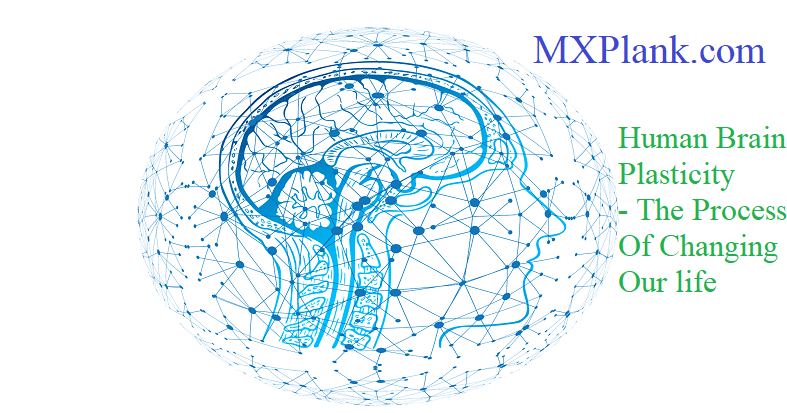How We Change - Human Plasticity and The Process of Changing our Life

Of all the questions addressed in the field of psychology perhaps the most important relate to the issue of human plasticity, or in other words, the human capacity to change. While techniques and strategies for implementing change dominate the self-development and psychological literature, what is less frequently addressed is how change typically unfolds in one's life. For while each case of personal transformation is unique in its particulars, there exist patterns of commonality in how people change. In this video, relying on the work of the psychologist Michael J. Mahoney, we will examine some of these commonalities. This knowledge offers practical benefits as often a barrier to the successful implementation of change into one's life is a misconceived notion of what such change entails. In one sense we are always changing, the passage of time and the flux of our environment inevitably alters our way of being. This passive type of change, however, is not what concerns us in this video. Rather we are interested in the change that leads to personal growth and development and such change, as we will see, is largely a product of our capacity to learn and implement new patterns of thought and behaviour. It was long believed that the potential for this type of change dramatically declined as we aged - this hypothesis, known in psychology as the funnel hypothesis, is no longer popular. Work in cognitive science and psychology has revealed that while we are more malleable in our early years, we can learn new behaviours and change fundamental elements of our being well into adulthood. The most impactful and enduring change is experienced at the level of our habits, but this process of replacing bad habits with good ones, is no easy task. As we age our habits become so ingrained that we may well wonder "whether it is we who possess our habits or our habits that possess us" (Michael Mahoney, Constructive Psychotherapy). Changing our habits, therefore, requires a proactive stance on our part with our efforts directed toward introducing novelty into our life. All learning requires exposure to novelty, and the learning of new habits is no different. We must be willing to explore and experiment with new ways of interacting with our self, others, and our environment as without such novelty there will be no change.
People can facilitate their own change by actively experimenting with new ways of being and by selectively practicing [and thus] strengthening new patterns that serve them well.
While the need for novelty is in many ways self-evident in the process of change, what is often overlooked, is the effect that the introduction of novelty has on our life. For as Mahoney points out significant change can be seen as a process in which we "rupture and repair ... the very fabric of our lives" (Michael Mahoney, Constructive Psychotherapy). The rupture phase occurs as we break down our maladaptive behaviour patterns and begin experimenting with new ones. This stage of the dialectic of change is disorderly, however, this disorder creates fertile ground for the emergence of new, and potentially more adaptive patterns of interaction with oneself and the environment.
Disorganization is a natural and necessary component of reorganization in life ordering processes. . .The new life order that may emerge from waves of disorganization is usually more complex and differentiated than its predecessor.
There are . . . limits to how much and how quickly an individual can change without jeopardizing his or her psychological integrity (that is, sense of self and reality)
Old and new patterns of coping compete for dominance and control within the individual change is often experienced as an internal struggle or conflict
Mahoney points out, however, that we often unnecessarily amplify this struggle due to our inability to practice the art of acceptance. We have a tendency to want to control all areas of our life, to fix all our flaws, and to rid ourselves of all our weaknesses. Life, however, is never so simple and personal growth requires that we learn not only how to change, but just as importantly that we learn to practice the art of acceptance in the face of those things we cannot change. In his book Constructive Psychotherapy Mahoney nicely encapsulates the importance of both change and acceptance in the process of personal development:
Mahoney points out, however, that we often unnecessarily amplify this struggle due to our inability to practice the art of acceptance. We have a tendency to want to control all areas of our life, to fix all our flaws, and to rid ourselves of all our weaknesses. Life, however, is never so simple and personal growth requires that we learn not only how to change, but just as importantly that we learn to practice the art of acceptance in the face of those things we cannot change. In his book Constructive Psychotherapy Mahoney nicely encapsulates the importance of both change and acceptance in the process of personal development:
We anticipate, we lean into life. We fall forward into our being. And just like the skydiver in freefall or the windsurfer, sailor, or skier, our posture in that process influences its form and direction. We are moving in the midst of forces far greater than ourselves, yet we have voice and choice within those forces. We may not be able to command the stars or the winds, but we can learn to read them better and to set our sails and our actions in ways that serve our movement. And, lest all of this sound a bit ambitious or audacious, we can also learn the sacred art of stillness and acceptance in the never-ending dance of effort and surrender.






